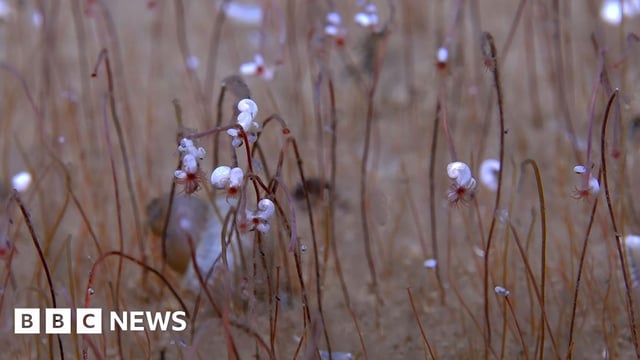Overview
- The Chinese submersible Fendouzhe captured thriving tube-worm and bivalve communities fueled by methane and sulfide seeps at depths of 5,800 to 9,533 meters in the Kuril-Kamchatka and Aleutian trenches, making them the deepest chemosynthesis-based ecosystems ever documented.
- These seafloor communities span more than 2,500 kilometres and overturn the long-held view that hadal zones depend solely on sinking organic matter from surface waters.
- A Nature paper published on July 30 presents extensive photos and high-definition video confirming the abundance and diversity of these chemosynthetic organisms.
- The team is preparing expeditions in additional hadal trenches to assess whether methane-driven seafloor ecosystems are pervasive across the ocean’s deepest reaches.
- Environmental groups and policymakers are debating new deep-sea mining regulations to safeguard these fragile habitats before commercial exploitation begins.


